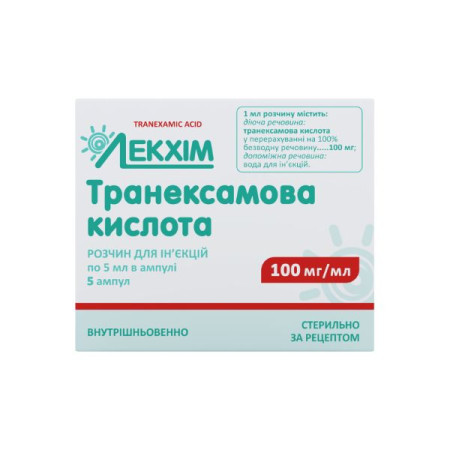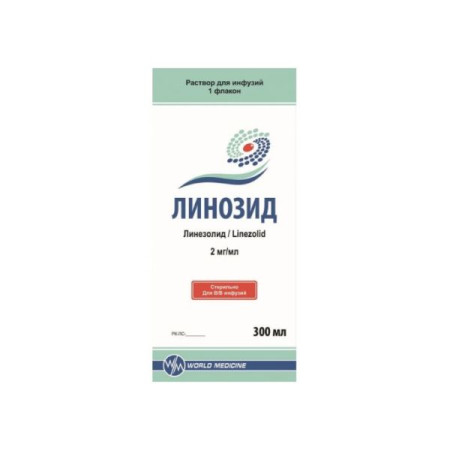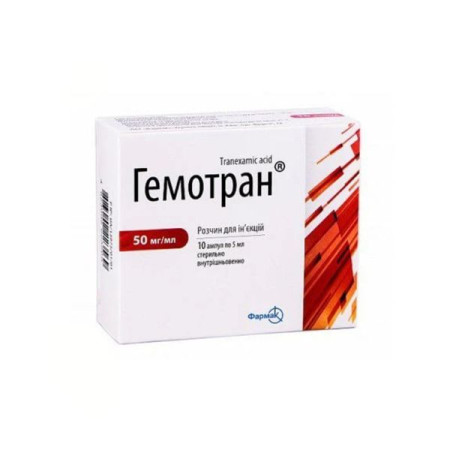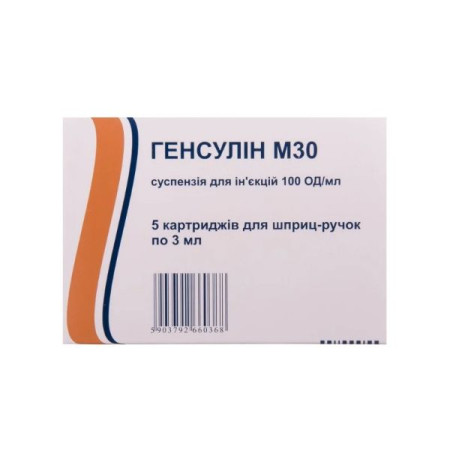Toracetam solution for injection 200 mg/ml ampoule 5 ml No. 10
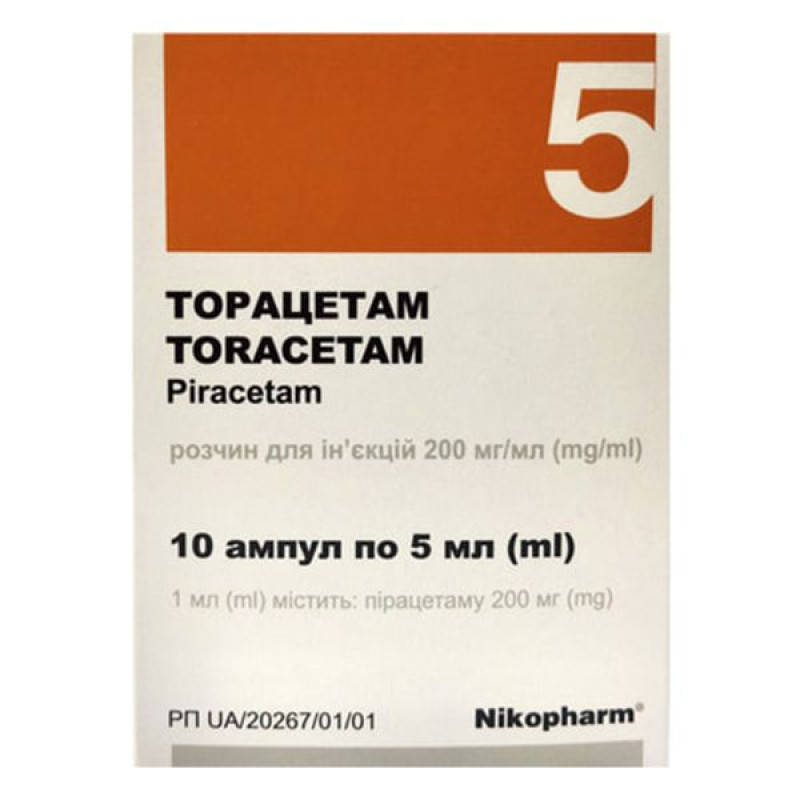
Composition
active ingredient: piracetam;
1 ml of solution contains piracetam 200 mg;
Excipients: sodium acetate trihydrate, glacial acetic acid, water for injections.
Release form
Solution for injection.
Main physicochemical properties: transparent colorless or slightly yellowish liquid.
Pharmacological properties
Pharmacodynamics.
Piracetam is a nootropic, i.e. a psychotropic drug that directly improves the efficiency of cognitive functions. The mechanisms of action of the drug on the central nervous system are probably several: changing the speed of propagation of excitation in the brain; enhancing metabolic processes in nerve cells; improving microcirculation by affecting the rheological characteristics of the blood, while there is no vasodilator effect.
Long-term or single-dose administration of piracetam to patients with cerebral dysfunction causes significant changes in the electroencephalogram, demonstrating increased attention and improved cognitive function (increased α- and β-activity and decreased δ-activity).
Piracetam inhibits hyperaggregation of activated platelets. In case of pathological rigidity of erythrocytes, piracetam increases their filtration capacity and elasticity. Piracetam has a protective and restorative effect in case of impaired brain function due to hypoxia, intoxication and electroshock therapy.
Piracetam is used as a monotherapy or as part of a complex treatment for cortical myoclonus to reduce the severity of the provoking factor, vestibular neuronitis.
Pharmacokinetics.
After a single administration of 2 g of the drug, the maximum concentration (Cmax) is reached in blood plasma after 30 min, and in cerebrospinal fluid - within 2-8 hours and is 40-60 μg / ml. Piracetam is distributed in all tissues and penetrates the blood-brain and placental barriers and membranes used in hemodialysis. Piracetam does not bind to plasma proteins, but accumulates in the tissues of the cerebral cortex, mainly in the frontal, parietal and occipital zones, cerebellum and basal ganglia. The volume of distribution of piracetam is almost 0.6 l / kg.
Piracetam is active in its unchanged form and is not metabolized in animals.
The half-life of the drug from the blood is 4–5 hours and from the cerebrospinal fluid is 6–8 hours. This period may be prolonged in renal failure. Piracetam is excreted unchanged by the kidneys. It is excreted in the urine almost completely (more than 95%) after 30 hours. The renal clearance of piracetam in healthy volunteers is 86 ml/min.
Indication
Apply to adults:
- for symptomatic treatment of pathological conditions accompanied by memory impairment, cognitive disorders, with the exception of diagnosed dementia;
- for the treatment of cortical myoclonus - as a monotherapy or as part of complex therapy.
Contraindication
- Hypersensitivity to piracetam or pyrrolidone derivatives, as well as to other components of the drug;
- acute cerebrovascular accident (hemorrhagic stroke);
- end-stage renal failure;
- Huntington's chorea.
Application
Piracetam in the form of an injectable solution is used when oral forms of the drug cannot be used.
The drug should be administered by intravenous injection (inject slowly, over several minutes) or infusion (for 24 hours continuously).
Assign to adults.
Treatment of conditions accompanied by memory impairment, cognitive disorders
The recommended daily dose is 2.4 g to 4.8 g, divided into 2 or 3 doses.
Treatment of cortical myoclonus
The initial daily dose is 7.2 g, which is increased by 4.8 g every three or four days to a maximum dose of 24 g, which is divided into two or three administrations. Treatment with other antimyoclonic drugs should be continued at the same doses. Depending on the therapeutic effect obtained, the dose of other antimyoclonic drugs should be reduced if possible.
Piracetam treatment should be continued until the symptoms of the primary brain disease disappear. In patients with an acute course of the disease, spontaneous improvement may occur over time, so an attempt should be made every 6 months to reduce the dose or discontinue treatment with the drug. For this purpose, the dose of piracetam is reduced by 1.2 g every two days (every three or four days in the case of Lantz-Adams syndrome to prevent sudden relapse or seizures associated with drug withdrawal).
Elderly patients
Dose adjustment is recommended in elderly patients with known or suspected renal impairment (see section “Patients with renal impairment” below). During treatment, creatinine clearance should be monitored to ensure adequate dose adjustment for such patients, if necessary.
Patients with renal impairment
The increase in half-life is directly related to the deterioration of renal function and creatinine clearance. This also applies to elderly patients, in whom the creatinine clearance rate is age-dependent. The interval between administrations should be adjusted based on renal function.
The dose is calculated according to creatinine clearance using the following formula:
[140 – age (in years)] × body weight (in kg)
Creatinine clearance = ---------------------------------------------------------------------- (× 0.85 for women)
72 × serum creatinine concentration (in mg/dL)
Treatment for such patients is prescribed depending on the severity of renal failure, adhering to the following recommendations:
Severity of renal failure | Creatinine clearance (ml/min) | Dosage |
Normal kidney function (no renal failure) | > 80 | Usual dose divided into 2 or 4 injections |
Light | 50–79 | 2/3 of the usual daily dose in 2–3 injections |
Moderate | 30–49 | 1/3 of the usual daily dose in 2 doses |
Severe | < 30 | 1/6 of the usual daily dose once |
End-stage kidney disease | – | Contraindicated |
Patients with hepatic impairment
No dose adjustment is required for patients with hepatic impairment alone. In cases of known or suspected hepatic and renal impairment, dose adjustment should be made as described in the section “Patients with renal impairment” above.
Children. The medicine should not be used in children.
Adverse reactions
Blood and lymphatic system disorders: frequency unknown - hemorrhagic disorders.
On the part of the immune system: frequency unknown - hypersensitivity, anaphylactoid reactions.
Psychiatric disorders: often - nervousness; infrequently - depression; frequency unknown - increased excitability, anxiety, confusion, hallucinations.
From the nervous system: often - hyperactivity; infrequently - drowsiness; frequency unknown - ataxia, balance disorders, increased frequency of epileptic seizures, headache, insomnia, tremor.
From the side of the organs of hearing and labyrinth: frequency unknown - dizziness.
On the part of the digestive system: frequency unknown - abdominal pain, upper abdominal pain, diarrhea, nausea, vomiting.
Skin and subcutaneous tissue disorders: frequency unknown - angioedema, dermatitis, urticaria, itching.
Reproductive system and breast disorders: frequency unknown - increased sexual activity.
Vascular disorders: rarely - hypotension, thrombophlebitis.
General disorders and administration site conditions: infrequently - asthenia; rarely - pain at the injection site, fever.
Overdose
Symptoms: increased side effects of the drug. Symptoms of overdose were observed with oral administration of piracetam at a dose of 75 g.
Treatment is symptomatic. There is no specific antidote, hemodialysis can be used (removal of 50–60% of piracetam).
Interaction
Thyroid hormones. When used together with thyroid hormones, increased irritability, disorientation, and sleep disturbances are possible.
Acenocoumarol. Clinical studies have shown that in patients with severe recurrent thrombosis, the use of piracetam at a dose of 9.6 g/day did not require a change in the dosage of acenocoumarol to achieve an INR [international normalized ratio] of 2.5–3.5, but its simultaneous use was accompanied by a significant decrease in platelet aggregation, β-thromboglobulin release, fibrinogen levels, von Willebrand factors [coagulation activity (VIII: C), ristocetin cofactors (VIII: vW: Rco) and plasma protein (VIII: vW: Ag;)], and whole blood and plasma viscosity.
Pharmacokinetic interactions. The likelihood of changes in the pharmacokinetics of piracetam under the influence of other drugs is low, since approximately 90% of the drug is excreted unchanged in the urine.
In vitro, piracetam does not inhibit the major human cytochrome P450 isoforms CYP1A2, 2B6, 2C8, 2C9, 2C19, 2D6, 2E1, and 4A9/11 at concentrations of 142, 426, and 1422 μg/mL.
At a concentration of 1422 μg/ml, a slight inhibition of CYP2A6 (21%) and ZA4/5 (11%) was observed. However, the K and C levels for inhibition of these two CYP isomers are sufficient above 1422 μg/ml. Therefore, metabolic interactions with drugs metabolized by these enzymes are unlikely.
Antiepileptic drugs. The use of piracetam at a dose of 20 g daily for 4 weeks or more did not change the concentration curve and C max of antiepileptic drugs in serum (carbamazepine, phenytoin, phenobarbital, sodium valproate) in patients with epilepsy receiving stable doses.
Alcohol. Co-administration with alcohol did not affect the level of piracetam plasma concentrations, and alcohol concentrations did not change when 1.6 g of piracetam was administered.
Storage conditions
5 ml in a polyethylene ampoule. 10 ampoules in a cardboard pack.
There are no reviews for this product.
There are no reviews for this product, be the first to leave your review.
No questions about this product, be the first and ask your question.




